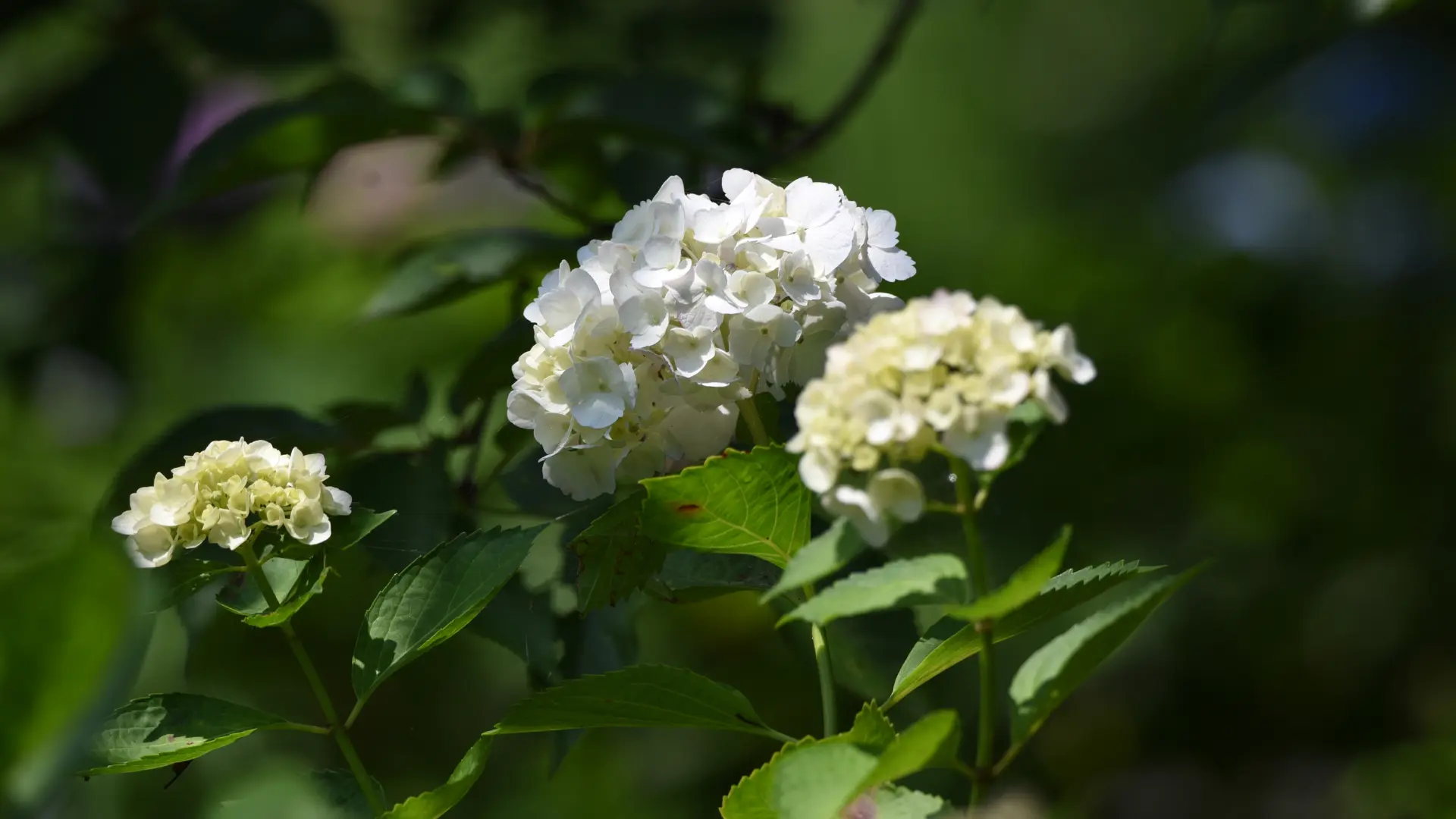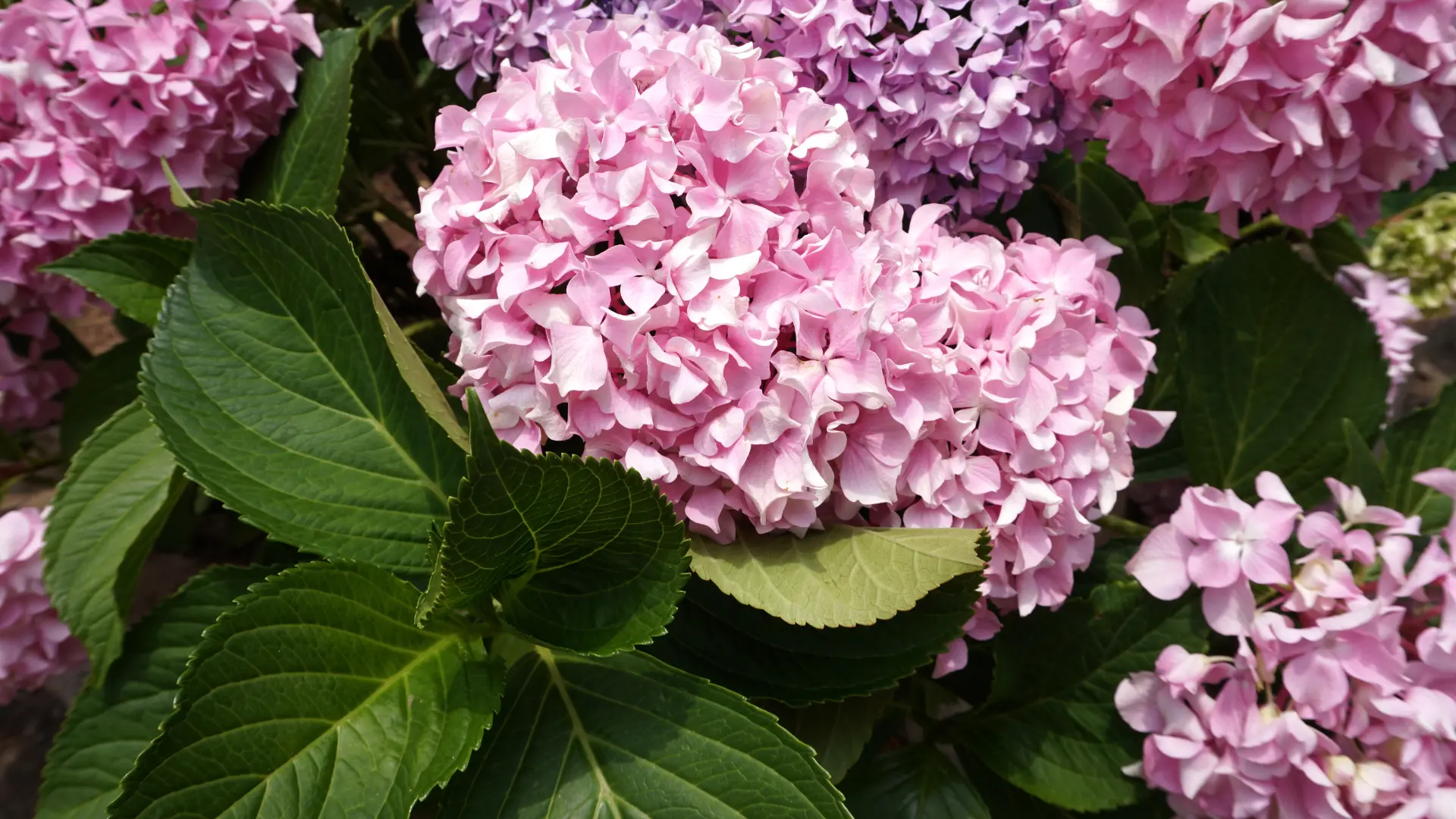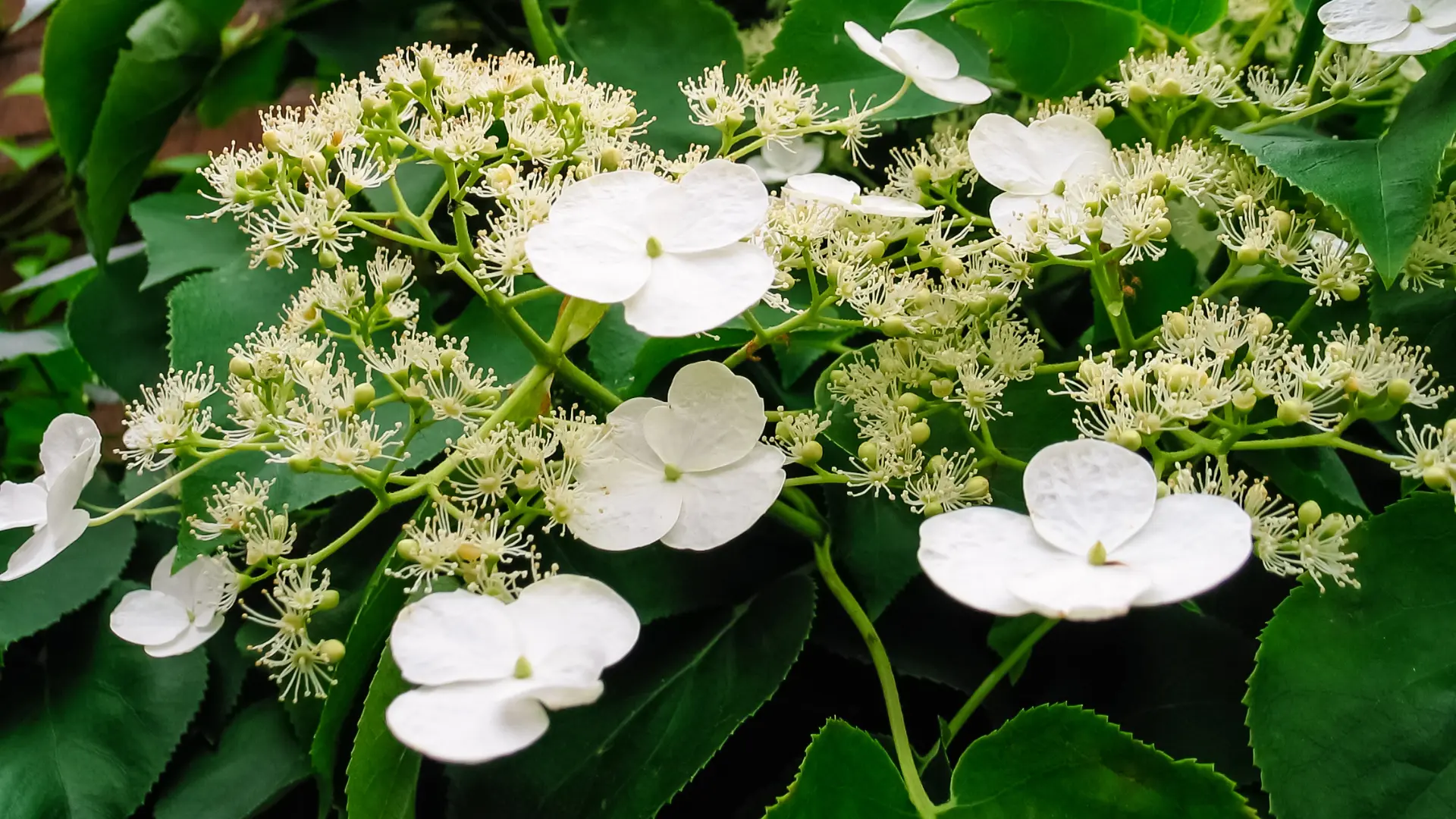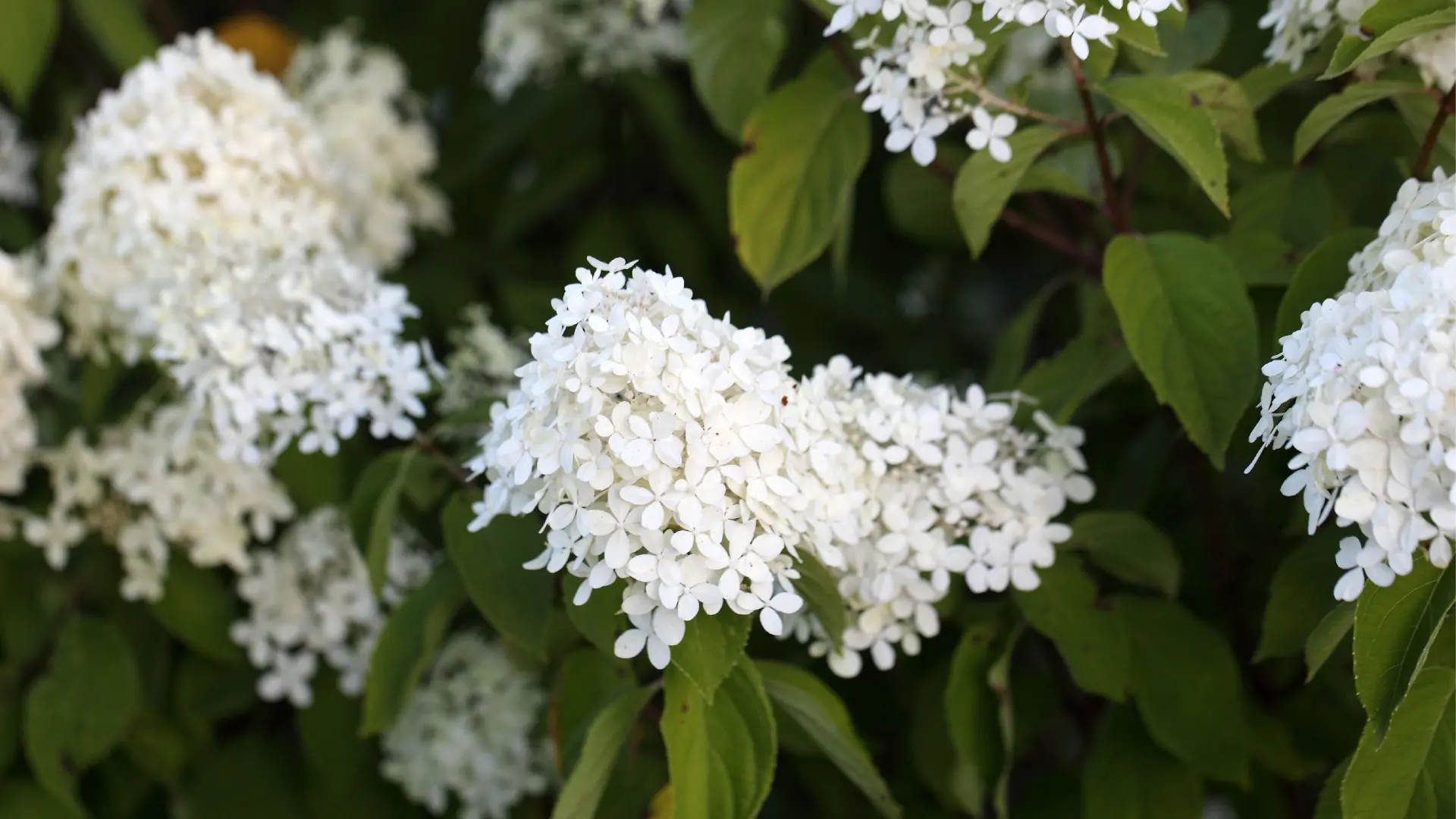Hydrangeas are one of the most popular cut flowers and garden plants, and they deserve all the hype they get. I, for one, look forward to their blooming with so much excitement.

Hydrangeas bushes are virtually striking with their large blooms of pink, blue, and white, making it obvious why they are at the top of everyone’s favorite houseplant list.
It can be a little frustrating for you to plant new hydrangea flowers in your garden if you don’t have the correct information.
You don’t know when they’ll bloom and how long it will take for this to happen, so not seeing your plant flower as quickly as others may be disheartening.
Don’t worry; I’m here for you. In this article, were going to be talking about hydrangeas and everything to know about their blooming with a little note in their care.
When do Hydrangeas Bloom?

This question may seem straightforward, but it isn’t. The simplest answer you would get is that hydrangeas bloom from mid-spring through late summer to early fall.
One reason there is no set date for hydrangeas blooming is that there are different species of this plant, and they have all different blooming periods.
The most common ones found in home gardens include:
Bigleaf Hydrangeas

Bigleaf hydrangeas (mophead and lacecap) bloom from late spring to midsummer in most southern regions.
Oakleaf Hydrangeas

The lovely oakleaf hydrangeas bloom from early summer in southern regions and midsummer in northern states to early fall.
Smooth Hydrangeas

Smooth hydrangeas bloom from early summer to early fall.
Climbing Hydrangeas

This specie of hydrangeas blooms from late spring until midsummer.
Panicle Hydrangeas

Bloom time for panicle hydrangeas is from late spring to midsummer.
Other factors like climate, planting time, pruning, and care can affect the time your hydrangea blooms, making the flowers arrive early or get delayed.
How Long Does it Take Hydrangeas to Bloom?
If you wonder if your hydrangea may bloom in its first year, the answer is yes. It is possible, but not standard, for new plants to produce flowers.
Typically, a hydrangea will produce flowers within its first or second year. However, some prefer to establish themselves in the ground for a year or two before producing flowers.
Also, it is possible for your hydrangea to produce some blooms in the first year and not flower again for the next one or two years.
Flowering is not the same for every hydrangea, so do not worry yourself. Just show your plant some love, and it will bloom in time.
How Long do Hydrangea Blooms Last?
All species of hydrangeas bloom throughout the growing season. Individual blooms last for weeks while the plant produces new flowers to replace the older ones.
With this, you are guaranteed fresh and bright flowers throughout the growing season.
Pruning off the old, dead flowers can encourage your plant to create new blooms. But it would be best to do this only when your hydrangea has finished blooming.
How Many Times do Hydrangeas Bloom in One Season?
Sadly, hydrangeas bloom only once annually. Whether you have the bigleaf or panicle species, you will witness only one amazing blooming per year.
Many gardeners spend a lot of time deadheading their plants in hopes of getting them to rebloom, but even though this practice works for other flowers, it doesn’t work for hydrangeas.
Deadheading a hydrangea’s flower does have uses, though. It would help clean up the plant’s appearance and prepare the way for next year’s flowers.
How to Care for a Blooming Hydrangea
If your hydrangea has started blooming, you want to keep it going for as long as possible.
There are a few tips to keep your plant producing bigger, fuller, and brighter colored blooms, and no, it isn’t magic.
Here they are:
Fertilize Appropriately
It might be tempting to fertilize your plant regularly to boost your hydrangea blooms. Unfortunately, excess feeding can be detrimental to the health of your plant.
You might also be supplying an excess of one nutrient and neglecting another, leading to imbalanced nutrition.
You should do a soil test to check which nutrient your plant lacks, then use a fertilizer and a feeding plan according to your results.
If not, you can use compost or manure around the base of the plant. This will also help to improve this soil quality over time.
Water Properly
Hydrangeas are well-known water lovers. If they do not receive enough water, they must go into survivor mode.
When this happens, all their energy would be redirected to root and leaf production, leaving little for flower production.
So to keep your hydrangea producing beautiful blooms, you should water regularly. You can use the wet-dry-wet method of watering.
I prefer to water in the morning before the stress of the summer afternoon sun can affect my plant.
Deadhead Regularly
While deadheading your hydrangea will not make it rebloom, it will help it produce bigger and more colorful blooms.
Removing the dead flowers will help your plant redirect the energy it would have been using to maintain those blooms, so it can keep blooming all season long.
Look for flowers whose petals have started to lose their color and begun to dry out.
After locating the flower to be deadheaded, run your fingers down the stem until you reach the first set of leaves and cut above this set of leaves.
Transplant
You should consider transplanting if your hydrangea is not blooming too well. Either your plant is not receiving enough sun, or the soil is not suitable.
It may be better for you to move your plant to a new location. Transplanting is better done in the fall or early spring before much growth occurs.
Amend the Soil
Hydrangeas grow well when grown in well-draining soil. Amending the soil will give your plant a great boost.
Thankfully, this is an easy process. You can add compost or any other organic material to the top of the soil.
Mulching around your plant has many benefits, including retention of soil moisture and keeping weeds at bay.
How to Get A Hydrangea to Bloom
Hydrangeas not blooming is a possibility. It can be very disheartening when this happens.
There are usually easy solutions, but first, you must find the possible causes.
It may be because you do not have the right hydrangea hardy enough for your region. Many plants tend to die due to the cold of winter.
Be sure you have the right type of hydrangea for your zone. Protecting your plant from frost and freezing temperatures in winter may help them perform better in the summer.
If you’ve ticked the above boxes and your plant is still yet to bloom, here are a few things you can try.
- Prune at the right time of year, and make sure you don’t remove any flower buds.
- Transplant your hydrangea to an area with enough sun and protect the plant with partial shade later in the season.
- Avoid overfertilizing.
- Keep the soil moist with regular watering but avoid sogginess.
- Mulch your plant in dry conditions to preserve moisture.
- Check for severe fungal infections and treat them promptly.
Diseases are not common causes of flowering issues, but a severe infection can set a plant back.
Hydrangea blooms are something that all gardeners look forward to, whether they stay in the garden or are cut and brought inside the house.
It is important to know first the specie you have, so you can learn how to work with it and get the best out of your plant.
